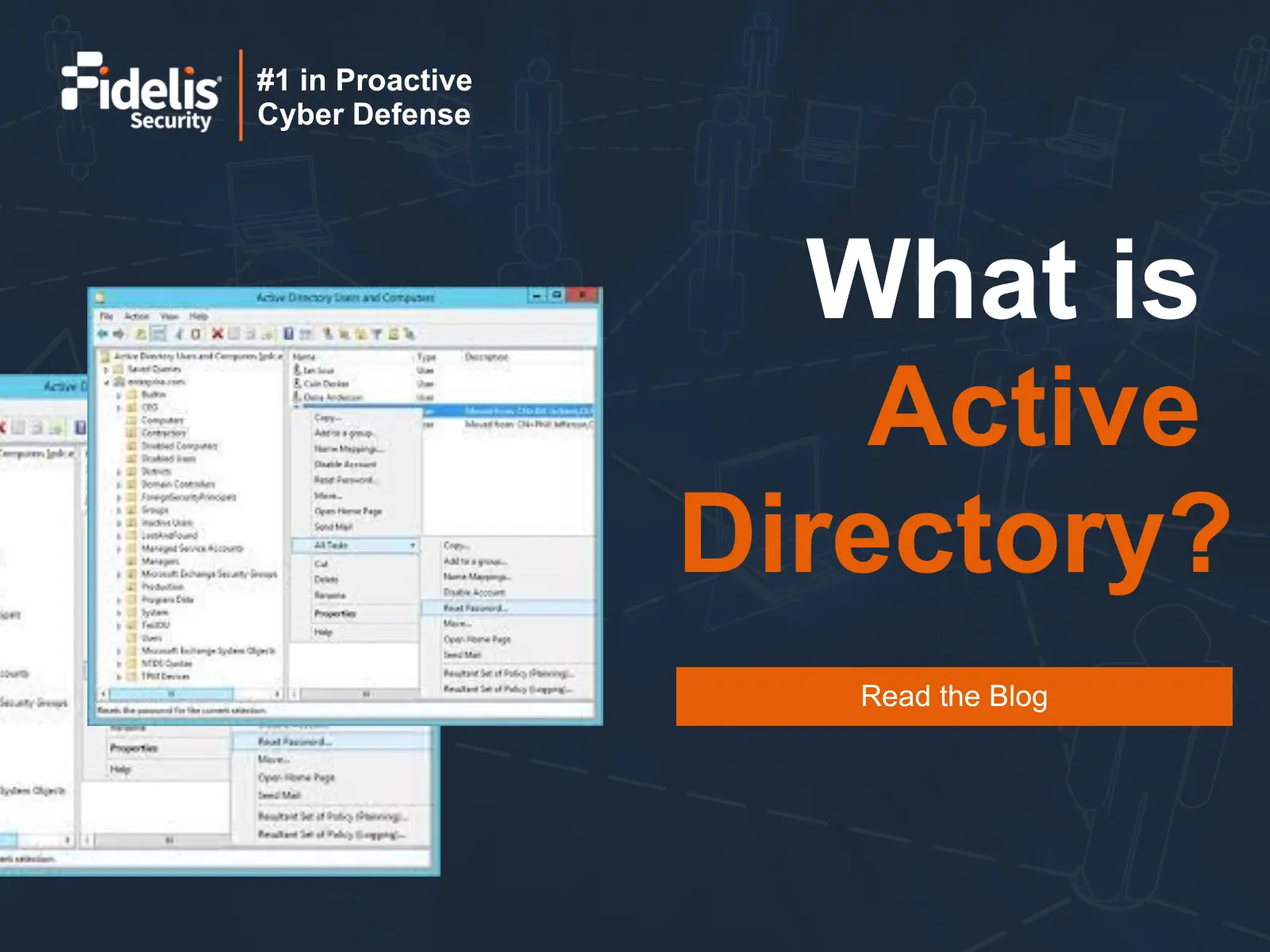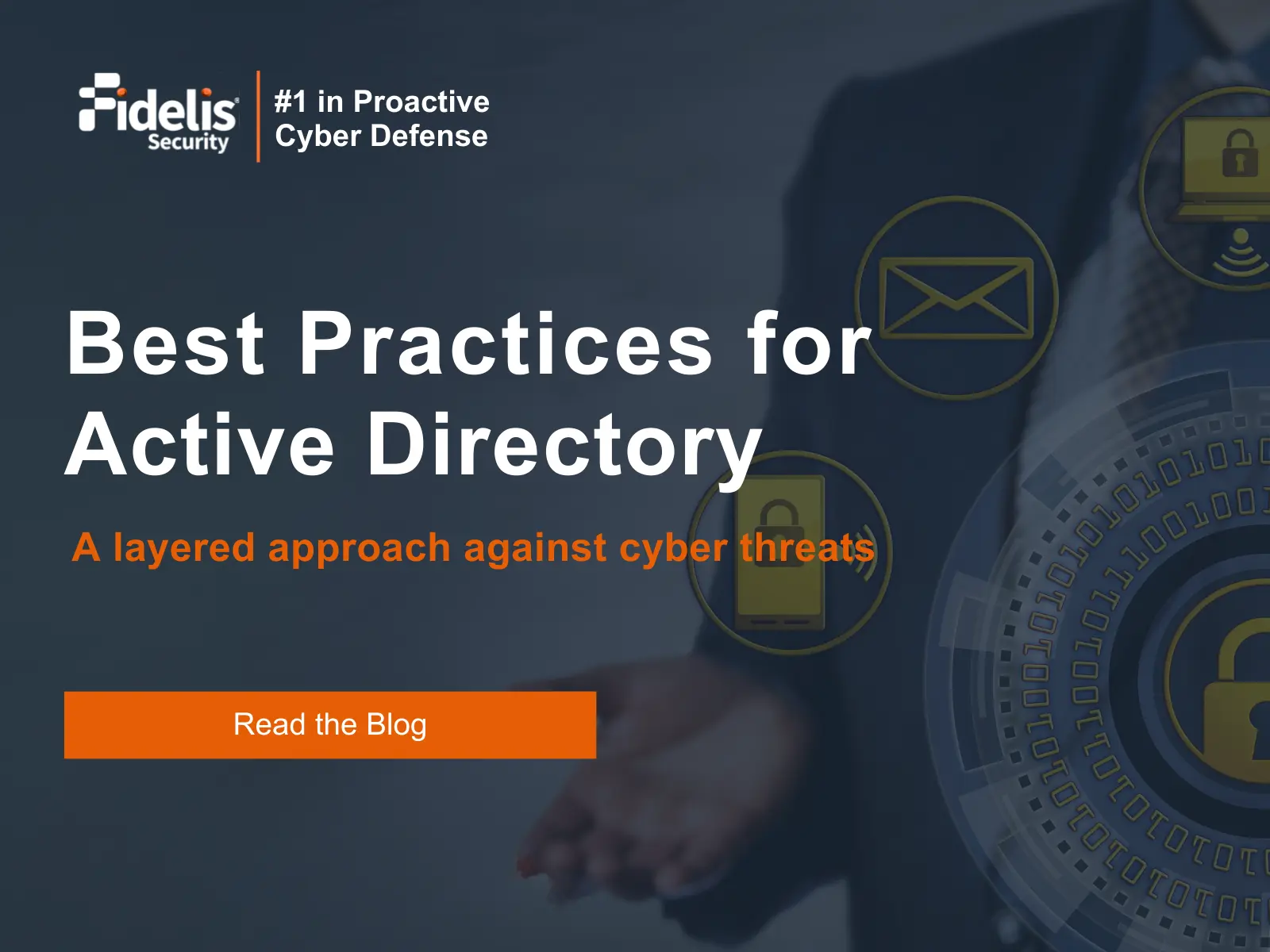What is Identity Threat Detection & Response (ITDR)?
Identity Threat Detection and Response (ITDR) is a vertical of security which involves identifying, reducing and responding to identity-based threats, which targets endpoint devices of individual employees or users. This includes compromised user accounts, fraudulent access and more.
Gartner defines ITDR as “a security discipline that encompasses threat intelligence, best practices, a knowledge base, tools, and processes to protect identity systems. It works by implementing detection mechanisms, investigating suspicious posture changes and activities, and responding to attacks to restore the integrity of the identity infrastructure.”
With multiple users accessing company resources from multiple devices, it has become important to come up with a security strategy which detects and responds to threats on an identity-level. Hence, ITDR solutions cannot be called a product, it is a set of procedures which creates a security framework. We will dive deeper into these procedures later in this blog.
First, let’s understand the importance of Identity Threat Detection and Response.
Importance of Identity Threat Detection and Response (ITDR)

According to research funded by the Identity Defined Security Alliance (IDSA), 79% of participants reported experiencing an identity-related breach in the previous two years.
As cyber threats evolve in complexity and frequency, the need for robust security measures to protect sensitive data and information has become critical. ITDR plays a crucial role in safeguarding organizational assets by focusing on the detection, investigation, and mitigation of identity-related threats.
Here are some ways in which an Identity threat detection and response solution strengthens your enterprises defense set up:
- Deep visibility into identity risks: Continuous monitoring by ITDR helps proactively spot anomalous behaviors like unusual login attempts, access to unauthorized systems, or sudden spikes in activity. This gives enterprises a higher chance of preventing the attack before it hits you.
- Keeping an eye out for insider attacks: Unsatisfied employees with access to company resources can often become unprecedented threat actors. ITDR can help uncover insider threats by flagging unusual access patterns from privileged accounts. With this early-stage information, security officials can revoke access and curb the threat.
- Lateral Movement Detection: In organizations which use active directory, it’s very easy for attackers to move from one account to another. ITDR can help avert attacks by having control over user permissions and accessing the potential pathway of the cyber attacker.
- Strong Incident Response Plan: In case of a breach, an ITDR can help reduce the detection and response time. This is possible because it can point out exactly which identity is compromised and quickly pull back access.
- Maintaining Regulatory Compliance: Among increasing regulatory compliance asking to protect personal identifiable information (PII), ITDR platforms or solutions can help by taking a proactive approach for user access management.
Breaking down the ITDR Security Framework & Procedures
As we mentioned before, Identity threat detection & response (ITDR) is a security framework which often includes a bunch of procedures to help secure identity related threats.
Here is a deeper look at that:
Identity and Access Management (IAM)
This is the process of centralizing and controlling user authentication and authorization process. This procedure often includes multi-factor authentication (MFA) to protect individual identities.
Threat Intelligence & Contextual Information
ITDR vendors must seek to integrate threat intelligence feeds to keep customers informed about emerging threats. Contextual information refers to tracking the source of potential identity threats.
Risk Assessment & Anomaly Behavior Detection
An ITDR solution must continuously update behavior models to adapt to evolving threat landscapes. Besides, not every anomaly poses a direct risk. Risk rating methods that rank warnings according to their possible impact and degree of severity should be included in the ITDR framework. This aids security teams in prioritizing the most important problems.
Response Automation & Mitigation
ITDR platforms and solutions have the ability to implement identity-specific incident response workflows to quickly isolate and contain compromised accounts.
Connection between Active Directory and ITDR
As the house of user accounts, permissions, and access controls, Active Directory is the prime target for cyber attackers. Identity Threat Detection & Response solutions can integrate with Active Directory to gain valuable insights into user activity within this core system. With the use of advanced analytics and machine learning, this integration enables the real-time identification of abnormalities, including unwanted access attempts and privilege escalations.
ITDR improves your overall security posture and gives you the ability to recognize and counter threats that are directed toward your Active Directory infrastructure by continuously monitoring this single identity hub.
So, although an ITDR and an AD security tool have their own capabilities and use cases, in simplified terms an AD security solution is a version of ITDR specifically designed to protect from identity threats within an active directory only.
Fidelis Active Directory Intercept™
If you are looking for a solution that spreads a wider net then ITDR may be the way to go, but for a micro picture of your Active Directory, Fidelis Active Directory Intercept™ is the way to go.
It is the only solution which combines AD-aware network detection and response (NDR) tool and integrated Active Directory deception technology solution with foundational AD log and event monitoring to not just identify Microsoft Active Directory threats – but to respond swiftly.
Here are some benefits of Fidelis Active Directory Intercept™ solution:
- It enables you to catch risks coming from multiple sources.
- It provides completer and contextual visibility into your enterprise resources.
- It enables security teams to seamlessly catch configuration issues caused due to ongoing changes in Microsoft Active Directory
Deploy Fidelis Active Directory Intercept™ and give your enterprise the power to see more, detect faster, defend better and respond timely.



